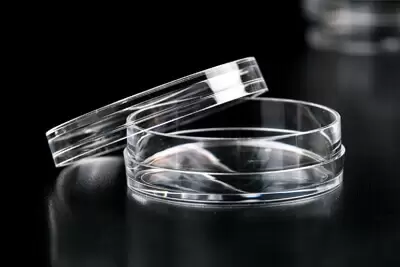
Introduction
Petri dishes are an essential tool in microbiology, cell culture, and lab diagnostics. At Mini‑Plast, we manufacture a wide range of high-quality, injection-molded polystyrene Petri dishes, with the 90 mm diameter dish being the global standard. In this guide, you’ll learn how to select and use standard-size Petri dishes for optimal results in your lab or industrial environment.
Standard Dimensions and Availability
The 90 mm Petri dish is the most widely used format worldwide.
| Size (Diameter × Height) | Availability | Notes |
|---|---|---|
| 90 mm × ~15 mm | In stock | Global standard |
| 50 mm × ~14.2 mm | On request | For smaller volume work |
| 60 mm, 100 mm, 150 mm | Custom order | Available for specialty applications |
All sizes are made from clear polystyrene, ensuring excellent optical clarity and consistency.
Clean Room Manufacturing & Sterility
Mini‑Plast Petri dishes are produced in Class 100 clean rooms—the same controlled environments used in medical and semiconductor manufacturing. Learn more about our manufacturing process.
Sterility options:
-
🧼 Non-sterile: clean-room packaged
-
☢️ Gamma-sterilized: available upon request for higher-risk lab environments
📌 Related: Why Clean Room Packaging Matters
Key Features of Mini‑Plast Petri Dishes
-
✅ Flat, distortion-free base for even agar pouring
-
✅ Optical clarity for accurate observation and imaging
-
✅ Stackable lids with anti-slip design
-
✅ Vented and non-vented options available
-
✅ Grid variants for RODAC-style surface testing (CDC)
When to Choose Each Size
| Size | Best For |
|---|---|
| 50 mm | Spot testing, diagnostic kits, low sample volume |
| 90 mm | General microbiology and lab cultures |
| 100–150 mm | Surface testing, fungi, multi-strain assays |
Common Applications
Petri dishes are used in many fields:
-
🧫 Microbiology: culturing bacteria, fungi, yeast
-
💊 Pharma QC: environmental monitoring and sterility testing
-
🧃 Food safety: checking for pathogens like E. coli or Listeria
-
🌱 Plant biology: seed germination or hormone assays
-
🧪 Environmental testing: air and surface contamination via RODAC plates
Best Practices for Using Petri Dishes
-
✅ Pre-warm agar to reduce condensation
-
✅ Pour evenly for consistent colony distribution
-
✅ Invert during incubation to avoid lid moisture
-
✅ Use vented for aerobic, non-vented for anaerobic cultures
-
✅ Don’t overcrowd incubators; maintain airflow
📌 Also Read: Safe Handling of Plastic Labware
Where to Buy
You can order directly from our Petri Dish category page or request custom sizing through our contact form.
📦 Popular item: Standard 90 mm Petri Dish – Mini‑Plast
❓ Frequently Asked Questions (FAQs)
What is the standard size of a Petri dish?
90 mm diameter × ~15 mm height – used globally for microbiological cultures.
Are Mini‑Plast Petri dishes sterile?
They are clean-room packaged by default. Sterile gamma-irradiated versions are available on demand.
Can I get Petri dishes in other sizes?
Yes. We manufacture 50 mm, 60 mm, 100 mm, and 150 mm options. Contact Mini‑Plast for availability.
What’s the difference between vented and non-vented lids?
Vented dishes improve airflow and gas exchange. Non-vented are better for anaerobic growth or when condensation is a concern.
Are these dishes reusable?
Mini‑Plast Petri dishes are intended for single use to ensure sterility and prevent cross-contamination.
🌐 External Resources for Further Reading

 10ml measuring Cup
10ml measuring Cup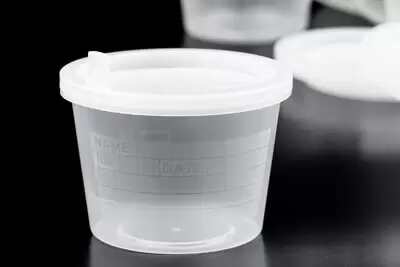 100 ml scaled Specimen Cup
100 ml scaled Specimen Cup 200 ml Sterile Specimen Cup
200 ml Sterile Specimen Cup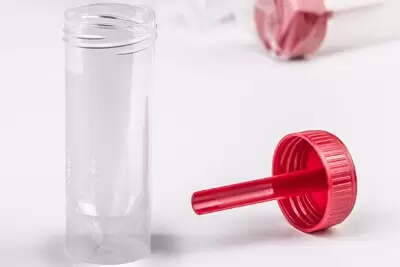 30 ml Specimen cup
30 ml Specimen cup 60 ml Specimen cup
60 ml Specimen cup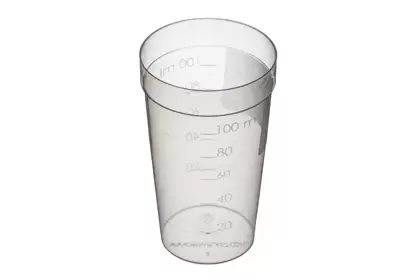 Polypropylene Titration cup 100ml
Polypropylene Titration cup 100ml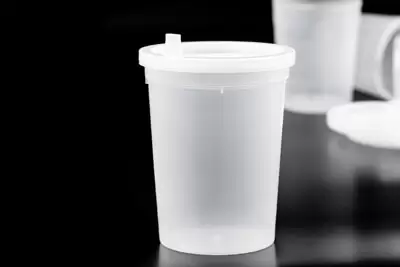 200 ml Specimen cup
200 ml Specimen cup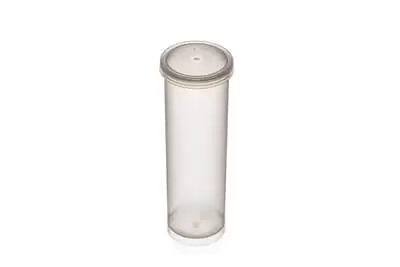 Milk test tubes
Milk test tubes 24 hour Urine Collection Containers
24 hour Urine Collection Containers Urine Specimen Cups
Urine Specimen Cups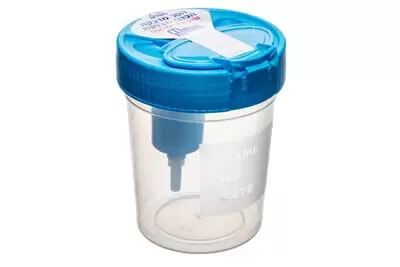 Urine Collection Cup + Cap with Two Openings
Urine Collection Cup + Cap with Two Openings Urine Collection Container - Vacutainer
Urine Collection Container - Vacutainer QuadLoop 1 uL & Needle end
QuadLoop 1 uL & Needle end QuadLoop 10 uL & Inoculating needle end
QuadLoop 10 uL & Inoculating needle end QuadLoop 10 uL & Sphere end
QuadLoop 10 uL & Sphere end QuadLoop 1uL & Sphere end
QuadLoop 1uL & Sphere end QuadLoop Needle & Sphere end
QuadLoop Needle & Sphere end Sterile Cell spreaders, Drigalski spatulas
Sterile Cell spreaders, Drigalski spatulas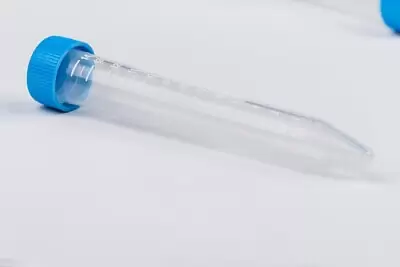 15 ml Centrifuge Tubes
15 ml Centrifuge Tubes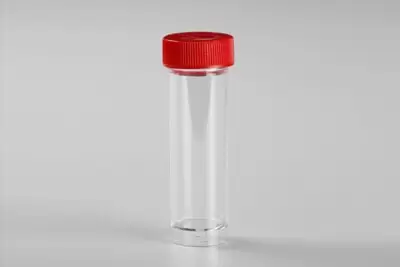 30 ml Transparent PS Tubes
30 ml Transparent PS Tubes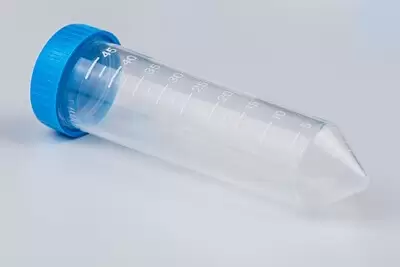 50 ml Centrifuge Tubes
50 ml Centrifuge Tubes Petri dishes PS 90 mm diameter (90X15)
Petri dishes PS 90 mm diameter (90X15)






